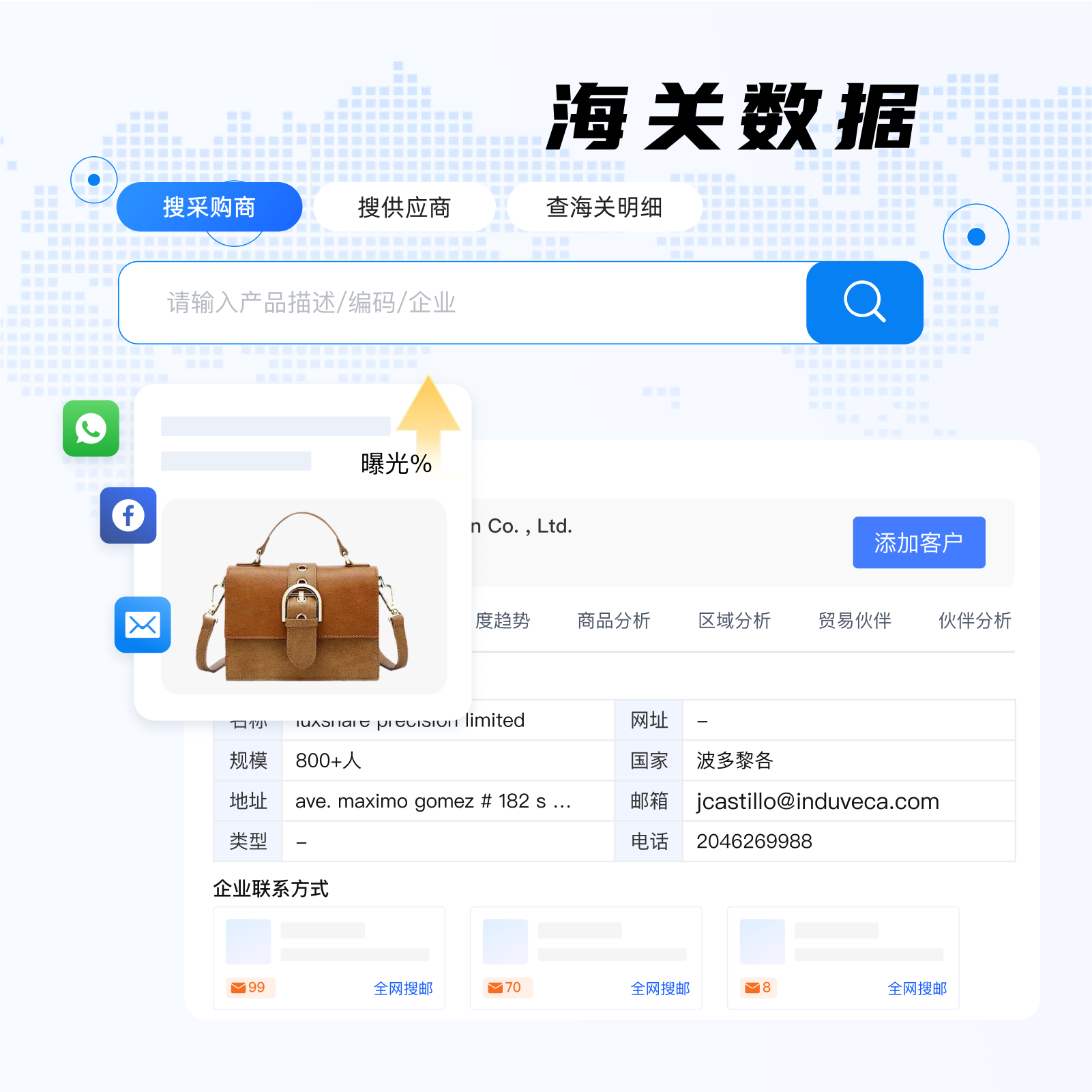
In today’s competitive international trade environment, understanding your target market is crucial for any new B2B trader . Customs data has become a valuable resource that provides detailed insights into global buyer behaviors, trends, and purchasing patterns. But how can new exporters use this valuable information to accelerate trust building and close deals?
Take XYZ Electronics, for example. This mid-sized company used AB customer customs data to identify emerging demand for smart devices in Southeast Asia. By filtering by product category and 12-month trade shipments, they pinpointed countries with growing consumption and found that imports of their product lines grew 24% in Vietnam alone.
Further analysis revealed the import frequency and shipping intervals of key buyers, allowing XYZ to tailor targeted promotions based on buyers’ purchasing timing. This precise approach converted potential customers into loyal partners and significantly shortened the sales cycle.

Global buyers make purchasing decisions based on reliability and verifiable transaction records. Customs data embodies a transparent chain of trust that new entrants can leverage by cross-checking multiple shipment records and trading partners. For example, ABC Textiles consolidates customs reports from different ports to verify the consistency of supplier shipments, thereby increasing confidence before finalizing contracts.
This strategy mitigates the risks associated with single-source data reliance and avoids common pitfalls such as over-reliance on unconfirmed market rumors or outdated reports.
Successful foreign trade newcomers go beyond collecting raw customs data and tailor it to their specific product segments and sales goals. Actionable insights can be uncovered by filtering by product harmonization code, shipment size, geographic region, and buyer frequency.
For example, millimeter-precision analysis of shipments shows that imports of high-end skin care products from the Middle East doubled last year, with smaller consignees contributing nearly 40% of the new business opportunities. This segmentation helps sales teams prioritize emerging high-potential buyers.
Over-reliance on a single customs data source or ignoring the nuances of local markets can lead new traders astray. To maintain a high level of data credibility , successful traders combine customs data with localized market intelligence such as supplier visits, customer interviews and industry forums.
Cross-validation across datasets can reduce false positives and detect supply chain anomalies early. For example, a leading apparel exporter integrated shipment reports with purchase order and market research data to increase reliable order forecasts by 17% and minimize missed opportunities.
Raw data insights are only as effective as they are transformed into actionable marketing strategies. Emerging B2B exporters are perfecting customer profiles by combining customs data with behavioral patterns and purchasing cycles. Customized email sequences, localized trade promotions, and product combinations that cater to emerging trends can create a compelling value proposition.
This precision accelerates customer acquisition while fostering lasting partnerships, which are critical to achieving sustainable growth in a competitive global marketplace.

Integrating customs data into your foreign trade strategy is not just a trend, it’s an inevitable trend. By studying real-world success stories, customizing data analysis to your business environment, and combining it with local market knowledge, you can build a strong chain of trust that is essential to winning global sourcing decisions.
Use customs data as your strategic compass to help you identify the right buyers, optimize marketing outreach, and build lasting international partnerships. This smart approach can turn obstacles into opportunities for every new business taking its first steps into the domestic market.
.png?x-oss-process=image/resize,h_100,m_lfit/format,webp)
.png?x-oss-process=image/resize,h_100,m_lfit/format,webp)

.png?x-oss-process=image/resize,h_100,m_lfit/format,webp)
.png?x-oss-process=image/resize,h_100,m_lfit/format,webp)
.png?x-oss-process=image/resize,h_100,m_lfit/format,webp)
.png?x-oss-process=image/resize,h_100,m_lfit/format,webp)
